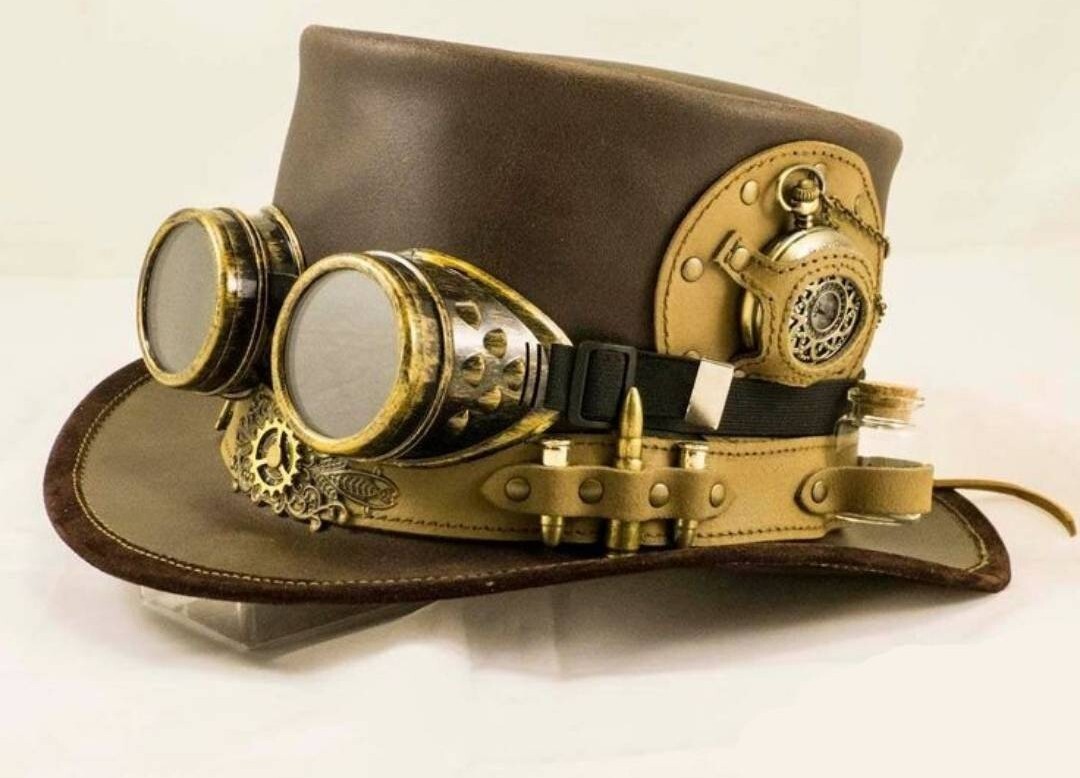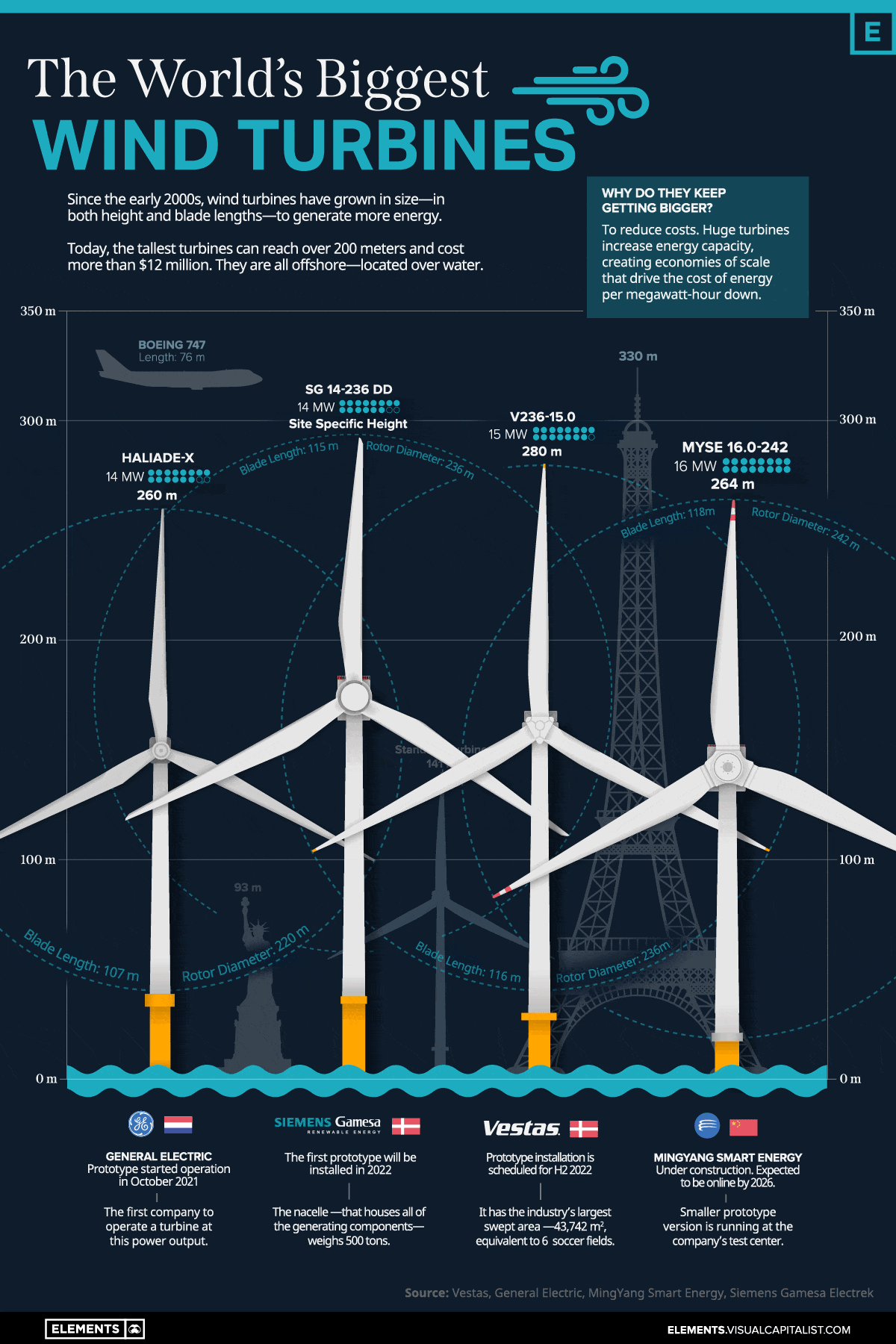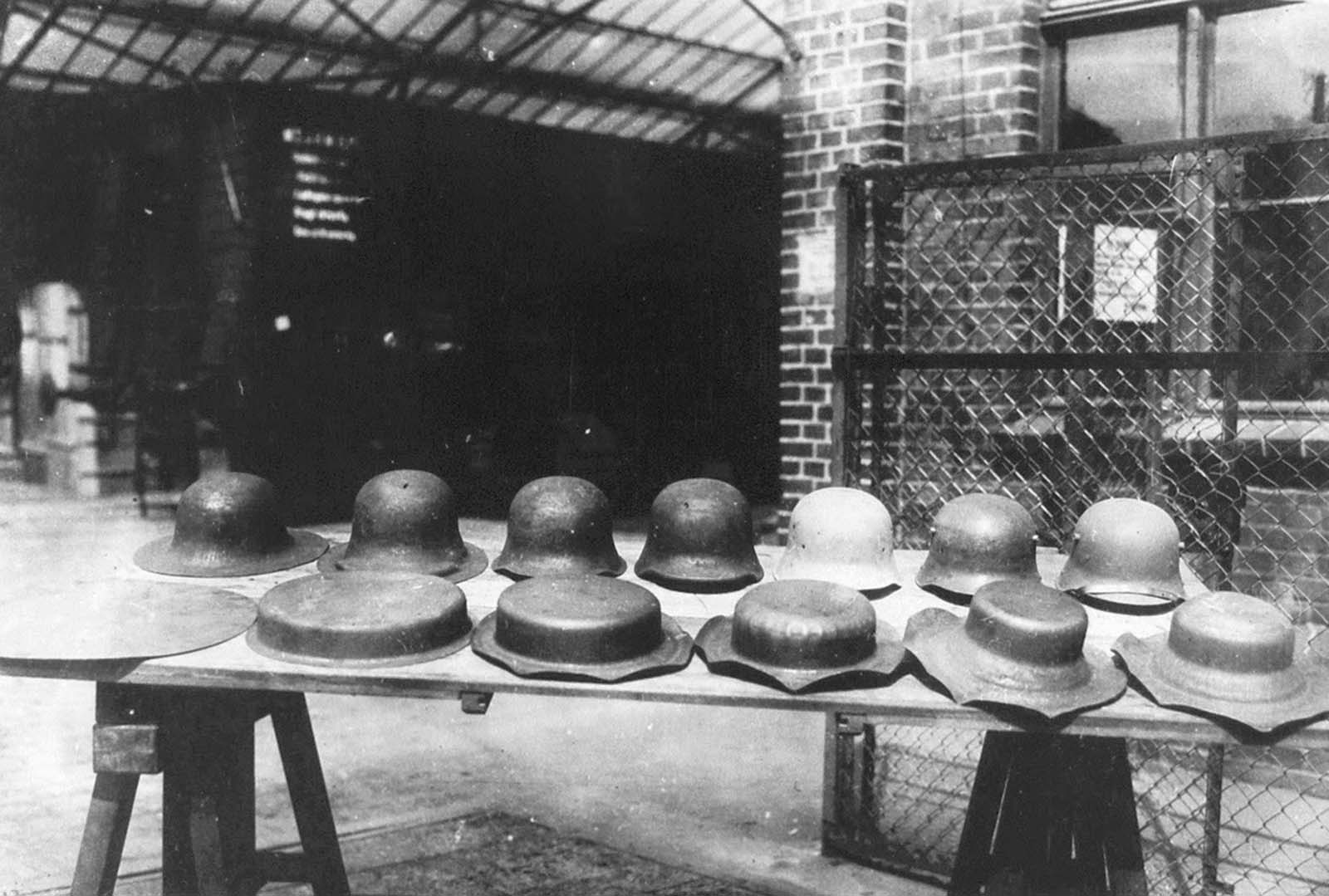Engineering
735 readers
1 users here now
A place to geek out about engineering, fabrication, and design. All disciplines are welcome. Ask questions, share knowledge, show off projects you're proud of, and share interesting things you find.
Rules:
- Be kind.
- Generally stay on topic.
- No homework questions.
- No asking for advice on potentially dangerous jobs. Hire a professional. We don't want to be responsible when your deck collapses.
The community icon is ISO 7000-1641.
The current community banner image is from Lee Attwood on Unsplash.
founded 1 year ago
MODERATORS
1
2
3
4
5
6
7
8
9
10
11
12
13
14
15
16
17
18
19
20
25
World’s first off-road solar car ‘Stella Terra’ succeeds in cruising from Morocco to the Sahara
(www.designboom.com)
21
22
23
24
25
view more: next ›






